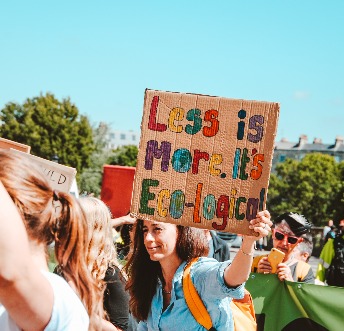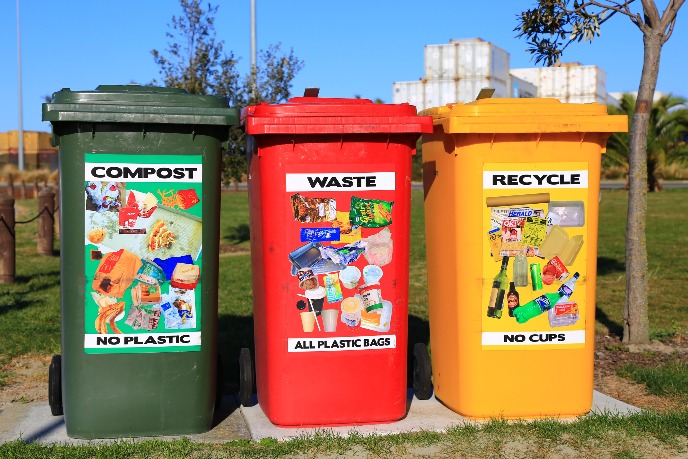The six R’s of Sustainable living

Have you ever heard of the six R's of Sustainability? In this blog, Mattanja explains these comprehensive steps towards sustainability, from most important to least important. If you want to get started or want to improve your green lifestyle, these will help you reconsider your current behaviors!
You might have heard of them before: the six R’s of Sustainability. Living a sustainable life can be a vague goal that is not very easy to tackle. The R’s make a step-by-step, easy-to-grasp overview that can help you achieve a greener lifestyle. This blog will discuss the different R’s and their importance.
But before I start, it is important to understand that the R’s go by order of importance; the first R is thus seen as more impactful than the last. But of course, every step taken is one closer to a sustainable lifestyle and thereby to a smaller carbon footprint!
1. Rethink
First and foremost, when you’re starting your sustainability journey, the first step is to rethink your daily habits. There are many daily habits that you might not realize have an environmental impact. Think about taking a long, hot shower every day, or taking the car to work instead of the bike. By critically rethinking these habits, you create consciousness on the matter of sustainability in your life.
There is a central question that connects the first step of rethinking with the second step of refusing. To become aware of your consumer behavior, you can ask yourself the following question, for example, during shopping: ‘Do I really need this?’ You will notice that the answer is often no. Try it, and walk out of a store only with what you really need. Your bank account will thank you as well!
2. Refuse
The question stated above is a perfect example of how to refuse. We live in a consumer society of always wanting more, and we are constantly seduced by marketing and discounts to spend more money. This second step can, therefore, be quite difficult. But every unnecessary product that you buy, generates waste and thereby has an environmental impact. Try to reduce the wish of always wanting more and when you do, you will most likely find it a very comfortable feeling.

3. Reduce
Minimalism has been popular for a few years now. The idea is that, if you declutter your home, you declutter your head. But you don’t have to live in a tiny house to minimize your belongings. Having lived in a student room of 8 square meters, I have experienced how important it is to be conscious about the amount of stuff and furniture that you place in a small living space. It can give you peace of mind to reduce this to the minimum. And, things you no longer consider needed, don’t have to be rebought either. This reduces the amount of waste that you create.
4. Reuse
When you’re in the process of minimizing your belongings, don’t just throw your stuff out. Again, be conscious about it. Perhaps there is a way to repurpose or reuse these belongings, so they acquire a new meaning. Be creative!
And if you want to declutter your house, don’t forget to bring furniture or clothes to secondhand stores. Then others can reuse it!
5. Repair
Things that are broken are often quickly thrown away. But if it is worth the effort and if you’re in possession of two right hands, it is a good idea to try and repair it. Check YouTube tutorials to learn to repair your clothes or appliances or ask people who may know. Additionally, there are repair cafés to bring your stuff and workshops you can follow.

6. Recycle
And only then, if you have tried to repurpose, reuse, and/or repair the stuff you no longer need in your life, you can recycle it. It is important to emphasize that recycling only comes last in the list of R’s. This is for a reason: recycling costs energy and, thereby, it is not as sustainable as you might think. Of course, it is very important to separate your waste, and recycling is part of the R’s for a reason. But it is a step that comes last in the order. It is, therefore, better to use no single-use plastic bag when you buy yourself a croissant, than to take it from the supermarket and throw it in the right bin after using it once.
Let the R’s sink in a little further during the upcoming week. Maybe some will catch on in your head and you will take a shorter shower or walk out of a store empty-handed. And remember: rethink before you recycle!
Hi! My name is Mattanja, I am a third-year Dutch student of the Art History Ba. I try to live as much of a waste-free, sustainable lifestyle as possible, and through my love of writing, I aim to share this lifestyle with others!

